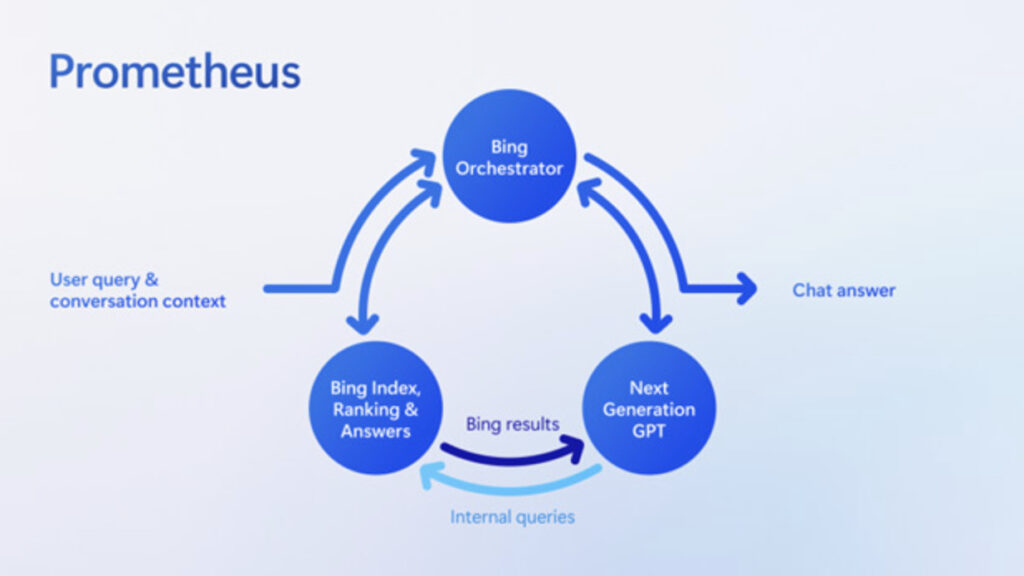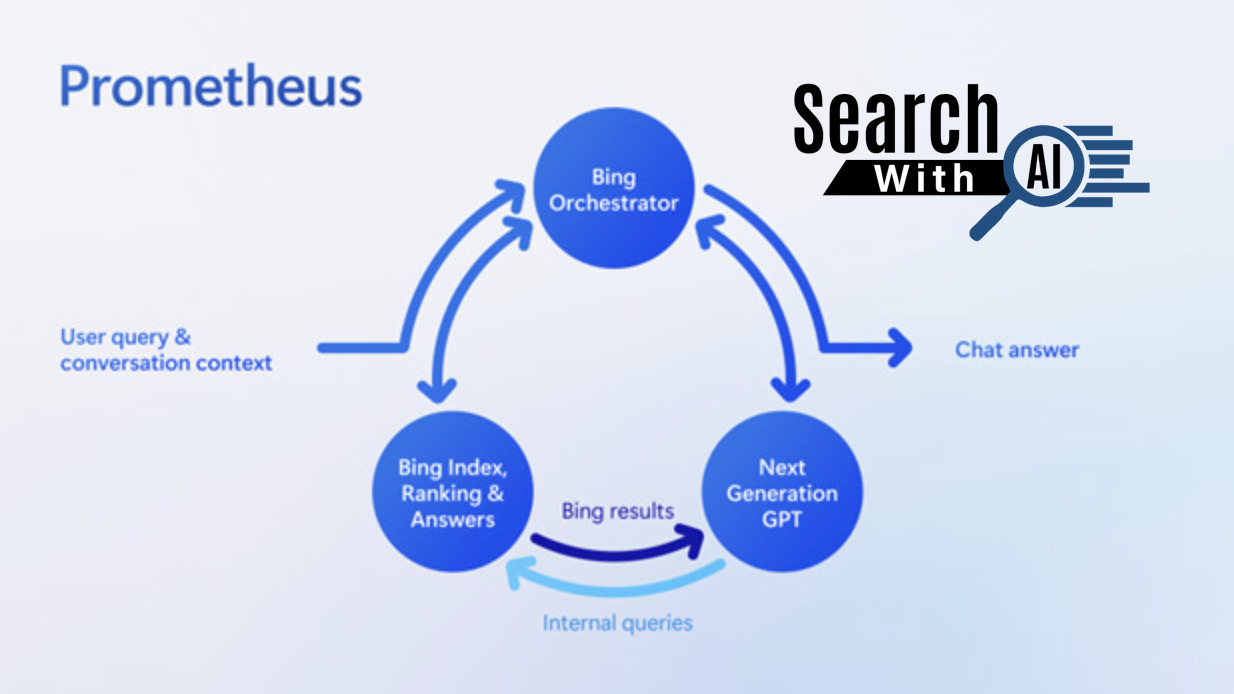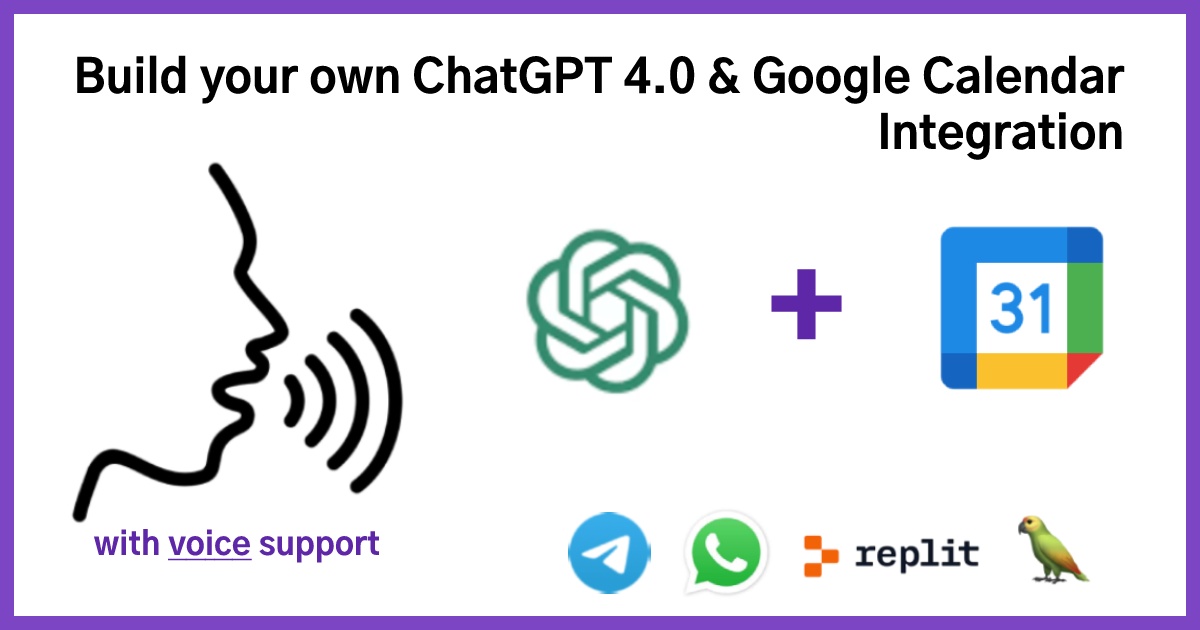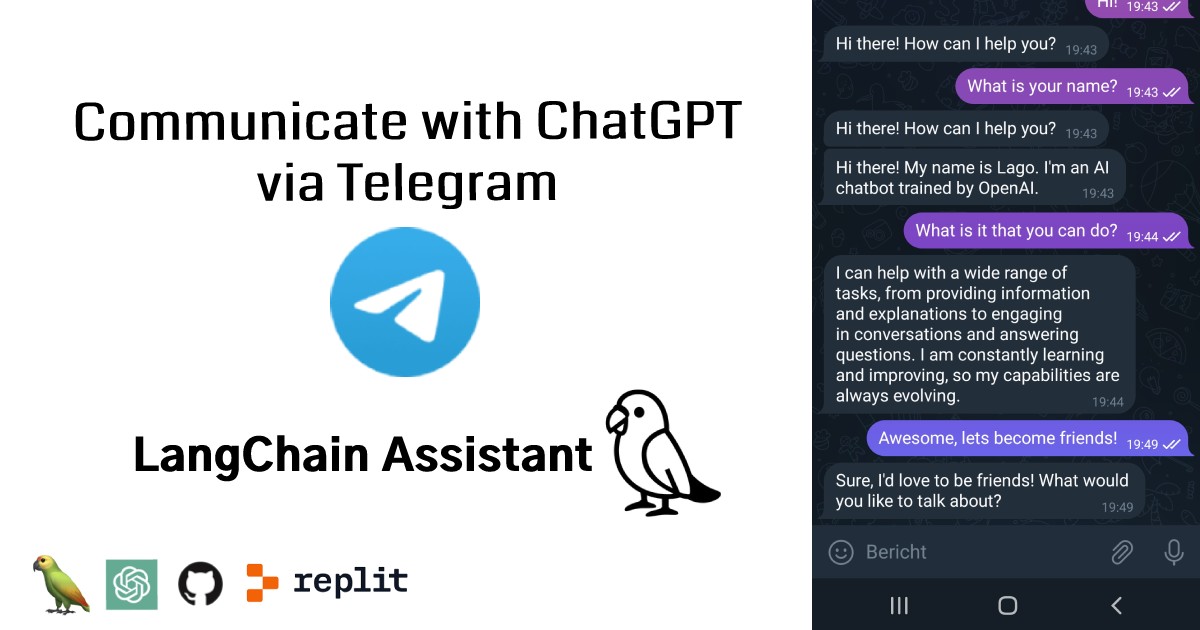It’s important to understand how Bing search actually works, especially for those trying to optimize their SEO. In recent years, Bing has made significant advancements in their search algorithm, integrating AI models such as the Next Generation GPT and proprietary technology called Prometheus. These innovations have led to more accurate and complete search results, providing a better experience for users. In this article, we’ll dive into how Bing AI search uses website content, the technology behind it, and what it means for publishers and users.
Bing’s Groundbreaking AI Integration
Bing’s recent blog post provides new information on how their AI-integrated search works. The post highlights the Bing Orchestrator, a technology that acts as a coordinator between the Bing website index and the Next Generation GPT. This integration provides a contextual output that blends links to website sources, resulting in better search referrals for publishers. On the backend, the Bing Orchestrator uses web data contained in the Bing index to ground the GPT, improving the relevance of the output.
One of the most significant breakthroughs of Bing’s AI integration is grounding. Bing uses grounding to provide additional context to the answer, allowing AI models to use fresh and relevant data from the Bing search index to answer recent questions and reduce inaccuracies. This technique is what enables Prometheus to provide accurate and rich answers for user queries, all within a matter of milliseconds.
The integration of GPT into search is more of an enhancement to the search experience. Microsoft views this as a part of the continuing evolution of search beyond the classic ten blue links, which cannot provide the rich answers that complex search queries demand. With Bing’s AI integration, even basic search queries are more accurate and relevant.
Iterative Queries and Bing Orchestrator
Bing’s AI-enhanced search uses a proprietary technology called Prometheus, which combines the power of Bing and GPT to generate a set of internal queries iteratively through a component called Bing Orchestrator. This coordination aims to provide an accurate and rich answer for the user query within the given conversation context.
Bing Orchestrator is a critical component of grounding, providing relevant and fresh information to the model, enabling it to answer recent questions and reduce inaccuracies. It also generates iterative queries, repeating the search query to produce a larger set of answers and context for the GPT. This technology provides a more complete and contextual answer, which in some cases may save users hours of research in a search session.

Contextually Relevant Links
One of the significant benefits of Bing’s AI integration is the addition of contextually relevant links. Bing uses the Bing Orchestrator to add citations to website sources, allowing users to easily click and access those sources to verify information. This feature turns the chat answer into a kind of Wikipedia-like answer with links to more information. The result is a more engaging user experience that further leverages the power of Bing.
The Future of AI-Enhanced Search
Bing’s AI integration is a win for publishers and users. Publishers benefit from better search referrals without the ambiguity of the traditional ten blue links. Users benefit from more accurate and complete search results, providing a better experience overall. AI is already in search, with Google using AI to identify spam and Bing using it to apply the AI model to their core search ranking engine. AI-enhanced search is more of a co-pilot, enhancing the search experience beyond the classic ten blue links.

Google Bard vs Bing AI vs ChatGPT
The main difference between Google’s Bard and Microsoft’s Bing AI is their data sources. While both chatbots perform similar tasks of generating content to answer queries, they are built on different technologies and created by different companies. Google Bard is built on Google’s LaMDA, while Microsoft’s Bing AI is built on OpenAI’s language models GPT. Microsoft’s claims its Bing AI powered by a newer generation of the GPT model from OpenAI, which is more advanced than GPT 3.5 that powers ChatGPT. Additionally, Bing AI has the potential to provide functionality to create long forms of language like poetry and fiction, while Google Bard AI has not confirmed this feature.
Another difference between the two chatbots is their accessibility. While Bing AI has a waitlist open, Google Bard AI is currently only available to testers. This may affect their adoption rates and user base.
Overall, both Bing AI and Google Bard AI are designed to function as AI search assistants, providing AI-enhanced search engines to the general public. They both draw information from the internet and aim to provide accurate and timely information to users. However, their creators and the technology they use differ, and there may be differences in their functionality and accessibility.
If we compare Google Bard and Microsoft’s Bing AI with OpenAI’s ChatGPT, we can see that there is a significant difference in the data sources used. While both Google Bard and Bing AI draw information from the internet, OpenAI’s ChatGPT is limited to a predefined pool of data to respond to queries. Moreover, ChatGPT’s knowledge is limited to 2021 data at the time of this writing, which means it may not be able to answer current questions.
Another difference is that while both Google Bard and Bing AI are designed to be AI search assistants, ChatGPT is primarily a language model that generates text based on input prompts. It is not explicitly designed to answer queries in the same way as the other two chatbots.
Furthermore, ChatGPT is a product of OpenAI, a research organization focused on advancing artificial intelligence in a safe and beneficial manner, while Google Bard and Microsoft’s Bing AI are products of their respective companies. This may affect the way each chatbot is developed and used, as well as the goals and values behind their creation.
Overall, while all three chatbots utilize AI technology to enhance language generation and search capabilities, they differ in their sources of information, functionality, and goals.
Conclusion
Bing’s recent advancements in their search algorithm have led to significant improvements in their search experience. With the integration of AI models such as the Next Generation GPT and proprietary technology called Prometheus, Bing’s search results are more accurate, complete, and contextual. So, while Bing’s implementation of GPT is more of an enhancement to the search experience, Microsoft views it as part of the continuing evolution of search beyond the classic ten blue links, which cannot provide the rich answers that complex search queries demand. The new AI-integrated Bing is also a win for publishers, as it blends links to website sources within a relevant contextual output, potentially providing a better search referral without the ambiguity of traditional ten blue links. Additionally, Bing Orchestrator works as a coordinator between the Bing website index and the “next generation GPT,” providing grounding and improving the relevance of the output.
Make sure to sign up for our Newsletter and give us a follow on Twitter or LinkedIn for more info on this in the future!
FAQs
What is Bing AI search?
Bing AI search is a search engine that uses artificial intelligence to provide more accurate and complete search results. It integrates AI models like the Next Generation GPT and proprietary technology called Prometheus to enhance the search experience.
How does Bing AI search work?
Bing AI search uses website content and Bing Orchestrator, a technology that acts as a coordinator between the Bing website index and the Next Generation GPT, to provide a contextual output that blends links to website sources, resulting in better search referrals for publishers. Additionally, Bing uses grounding to provide additional context to the answer, allowing AI models to use fresh and relevant data from the Bing search index to answer recent questions and reduce inaccuracies.
What is Bing Orchestrator?
Bing Orchestrator is a proprietary technology used by Bing AI search to provide relevant and fresh information to the model, enabling it to answer recent questions and reduce inaccuracies. It also generates iterative queries, repeating the search query to produce a larger set of answers and context for the GPT.
How does Bing AI search differ from traditional search engines?
Bing AI search integrates AI models like the Next Generation GPT and proprietary technology called Prometheus to provide more accurate and complete search results. It also blends links to website sources within a relevant contextual output, potentially providing a better search referral without the ambiguity of traditional ten blue links.
How does Bing AI search benefit users?
Bing AI search provides more accurate and complete search results, providing a better experience for users. Additionally, Bing AI search adds contextually relevant links to website sources, allowing users to easily access those sources to verify information.
What is the difference between Google Bard and Microsoft's Bing AI?
The main difference between Google’s Bard and Microsoft’s Bing AI is their data sources. While both chatbots perform similar tasks of generating content to answer queries, they are built on different technologies and created by different companies. Google Bard is built on Google’s LaMDA, while Microsoft’s Bing AI is built on OpenAI’s language models GPT.
How does OpenAI's ChatGPT differ from Google Bard and Microsoft's Bing AI?
OpenAI’s ChatGPT differs from Google Bard and Microsoft’s Bing AI in that it is primarily a language model that generates text based on input prompts. It is not explicitly designed to answer queries in the same way as the other two chatbots. Additionally, ChatGPT’s knowledge is limited to 2021 data at the time of this writing, which means it may not be able to answer current questions. Moreover, while both Google Bard and Bing AI draw information from the internet, ChatGPT is limited to a predefined pool of data to respond to queries.
What are the limitations of OpenAI's ChatGPT compared to Microsoft's Bing AI?
The limitations of OpenAI’s ChatGPT include its reliance on a predefined pool of data, its limited knowledge that is only up to 2021, and its primary function as a language model rather than a search assistant.
What is the future of AI-enhanced search?
The future of AI-enhanced search is more of a co-pilot, enhancing the search experience beyond the classic ten blue links. AI is already in search, with Google using AI to identify spam and Bing using it to apply the AI model to their core search ranking engine. As AI technology continues to advance, it is likely that AI-enhanced search will become more prevalent and




